UPDATE | February 01, 2023
If you only study Japanese from textbooks, it may be difficult to have a natural conversation. In this column, I will introduce some tips to help you have a natural conversation.
INDEX
Fillers are expressions such as "uh", "that", "what is it" between conversations. When used well, this filler can be a good way to connect "thinking time" between conversations. However, if you use too many, it will be difficult to hear what you are saying, so be careful.
[PR]
In Japanese, we often use "a" when we find out something we didn't know or didn't notice. For example, "Ah, thank you", "Ah, I'm sorry", "Ah, that's right", "Ah, I didn't know". Conversation becomes very natural just by having this "a".
"Eh" is also useful like "Ah". Use it when you are surprised or when you want to confirm something. For example, "Oh, is it true?" Please try using it.
Here, I will introduce a technique to say the pronunciation of "desu/masu" naturally.
If you write "desu" in romaji, it becomes "desu", but try saying "des" when pronouncing it. The same goes for ``masu'', so try saying ``mas'' instead of ``masu''. If you don't pronounce the "su" sound of "desu/masu" clearly, it will sound natural.

Let's say a little longer, "That's right", "By the way", "I think so". When speaking Japanese, it often sounds more natural if you don't say it clearly.
However, if you always extend the ending of your sentences, it will sound rude to superiors. It might be better to use it in casual conversation.
When you ask someone a favor or ask a question, don't you start by saying things like "Can you help me?" or "Where can I find that product?" Before making a request or asking a question, say, "I'm having trouble finding someone right now/I'm in trouble, can you help me?" Let's use expressions such as "Do you have it?" We often use this ``nandemo'' and ``ndeshita'' in our conversations.
When you express your gratitude to someone, you often say "Thank you". Of course, that's fine, but from now on, let's use 'sasukemasu' or 'sasuke deshita'. For example, before asking someone for help, say “Thank you very much.
In this column, I introduced some tips to help you have a natural conversation. Some techniques may work right away, while others may require a little practice. Please try to use what you think you can do.

I teach Japanese at Japanese language schools and universities in Kyushu. I love games and manga. I also work as a coordinator and web writer to create a local Japanese language class for those who are studying Japanese.
[PR]
[PR]